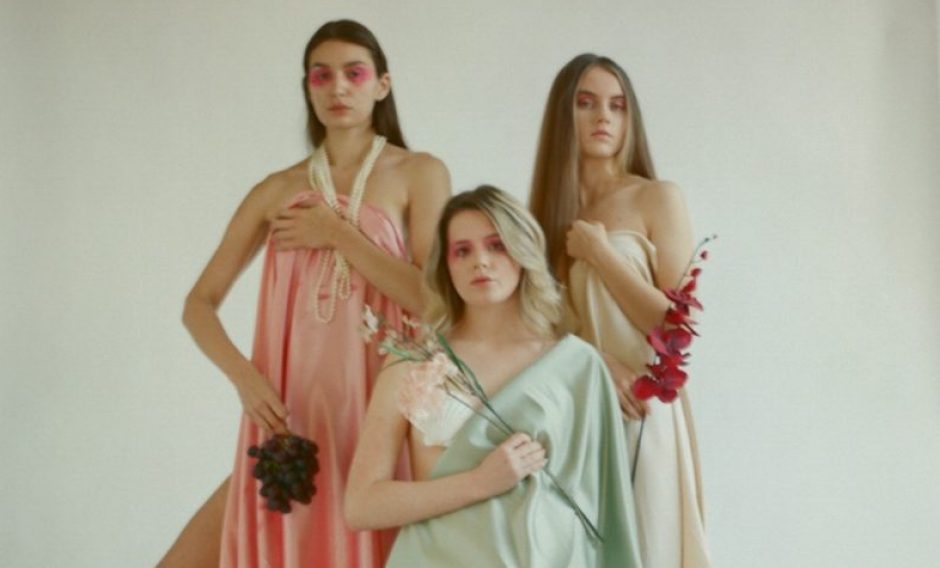I was thrilled when I managed to get a ticket to Amalia Ulman’s talk at the Tate as I have explored her work before and she’s described as ‘the first great instagram artist’. She deals with themes of online identity and a fictional self detached from reality. I was able to ask a few questions at the end of the talk ‘How do you think identity is being constructed through the concept of ‘beauty’ in 2020? & Would you say identity is becoming more fluid and the ‘online’ and ‘offline’ selves’ are merging through advances in tech (eg AR filters)?’ Amalia answered that the most obvious is that people are getting physical cosmetic procedures to look like the popular AR filters. What really struck me was her answer about ‘fluidity’, I have been reading lots of literature and talking to lots of people who insist that identity is becoming more fluid in society and with advances in tech, but I haven’t really taken the time to define fluid. Amalia questioned the ‘fluidity’ of online identities and said that as there are still fixed categories (which made me think of the polarization of society) then they are not fluid at all. She spoke about the pressure of labels which are essentially counter-productive to fluidity and said she defines true fluidity as no labels at all. This is very interesting to think about.
An exhibitions of Andy Warhol led the Tate curators to explore other artists who deal with themes of identity and artistic persona.
Exploring a fictional online self and the reality of everyday life.
The constructedness of the female experience.
The first great Instagram work of Art.
The concentration on defining the now.
My fictional and online self had devoured the living and breathing me.
It is interesting for me to challenge what I find beautiful all the time.
Described as a hoax, I find it more of a mass seduction of the art world.
I don’t stage the picture and stay still, for me it’s more about being in character and taking the picture. The acting was a big part of it, it’s different from Cindy Sherman who stages the static photo.
